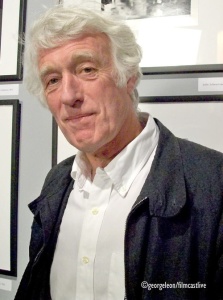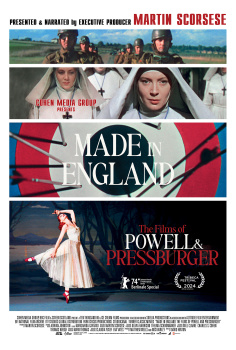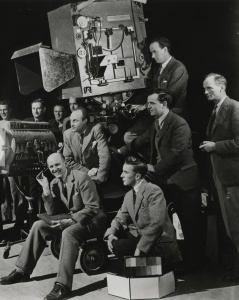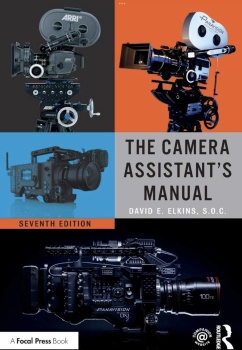

I still remember the day when I saw the original film in a cramped Times Square theater, I was taken by the dynamic directorial pace, the motley crew cast of characters and the fluid cinematography that took place in such confining location. The action scenes inside New York City subway cars and tunnels of my neighborhood prompted to investigate how such action movies where made.

"It was a single Panavision camera shoot on Kodak 100 ASA negative stock on top of a dolly and I used anamorphic lenses. No storyboards, no special effects and I relied only on the available electrical power offered by the MTA (Manhattan Transit Authority). The film was pre-flashed at 20% with an optical printer and processed photochemically and I approved the dailies at the lab every day before coming to the underground set".
"I used the train overhead fluorescents and the tunnel tungsten illumination to my advantage coupled it with several inkys, tweenis, babys, juniors and 500 watts photofloods. Due to budget and insurance constraints, our electrical power was provided by the city and our lighting package was basic. For example, I used the car electrical out lets to fire our rigged 1oo watts inky fixtures bounced into dentist mirrors and the car available fluorescent overheads for the close ups and eye lighting".


In contrast, Tobias Schliesser ASC, lit the set for Tony Scott using the latest technology in fluorescent and tungsten lighting. The camera setup was a multi-camera setup or EFP style using Kodak 500T film stock on Panavision cameras tethered to a video village, covering every aspect of the performance while Tony Scott commanded the framing and moves via headset. Another big difference in the shooting style of the two films was the choice of lenses. Tobias Schliesser used Super 35 aspect ratio on faster Primo zooms and high speed primes lenses from his arsenal to capture the distinctive look that matches the fast pace of the edited storyline.

After the fantastic conversation with these three masters of their craft, I am looking forward again to sit in a dark theater to revisit the emotion I felt once for 90 minutes and watch the remake this classic New York City thriller.


























































